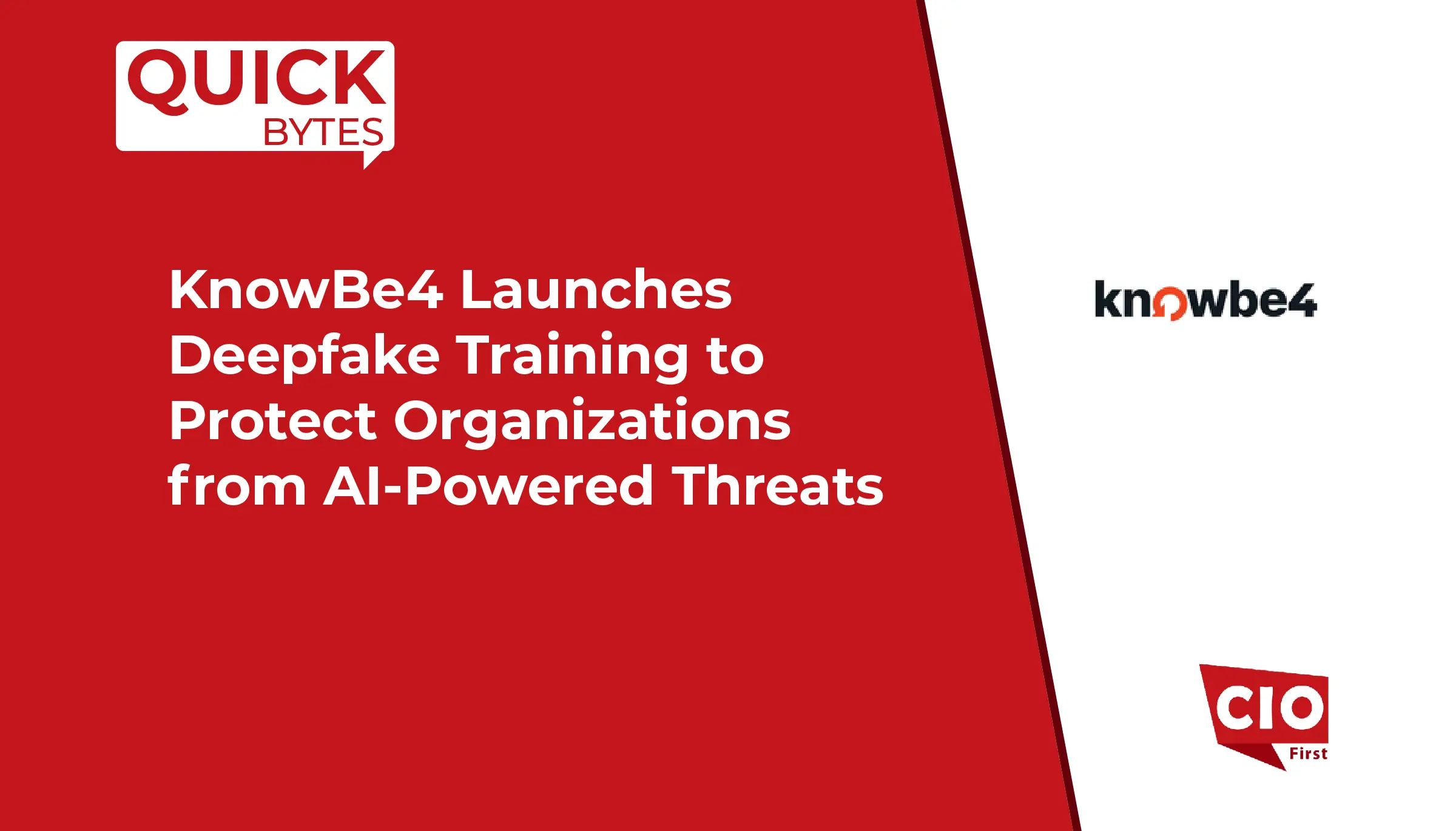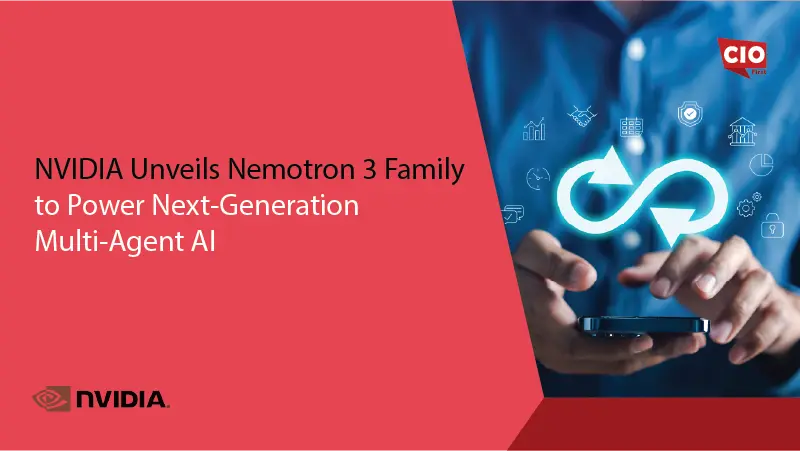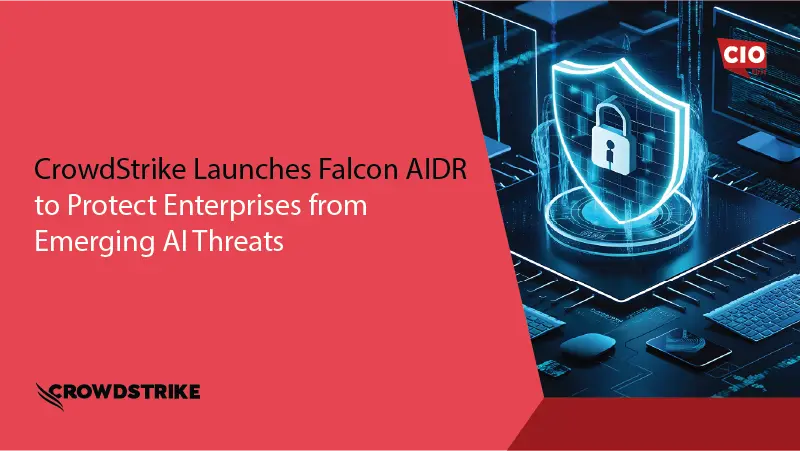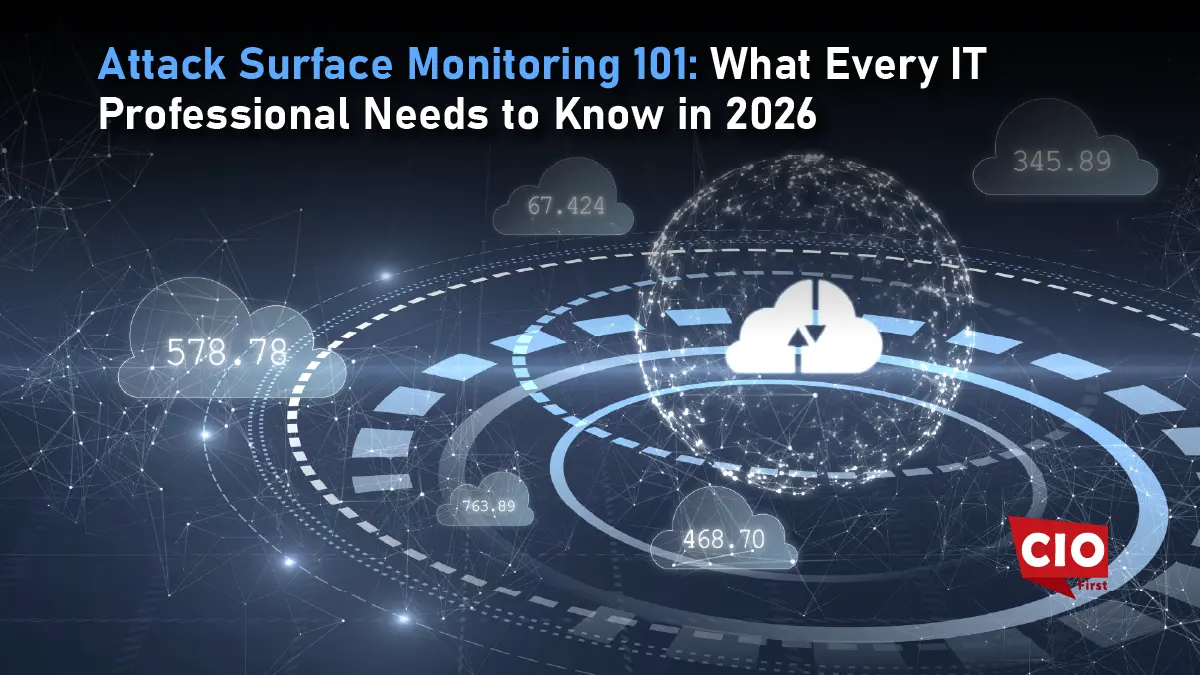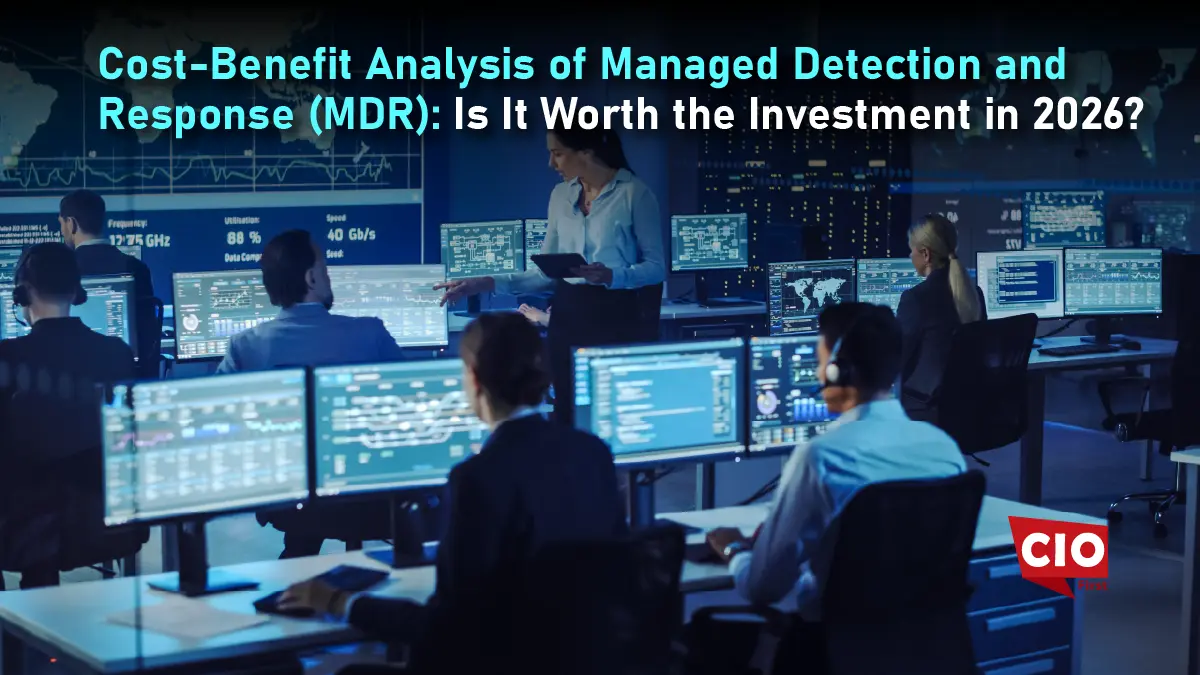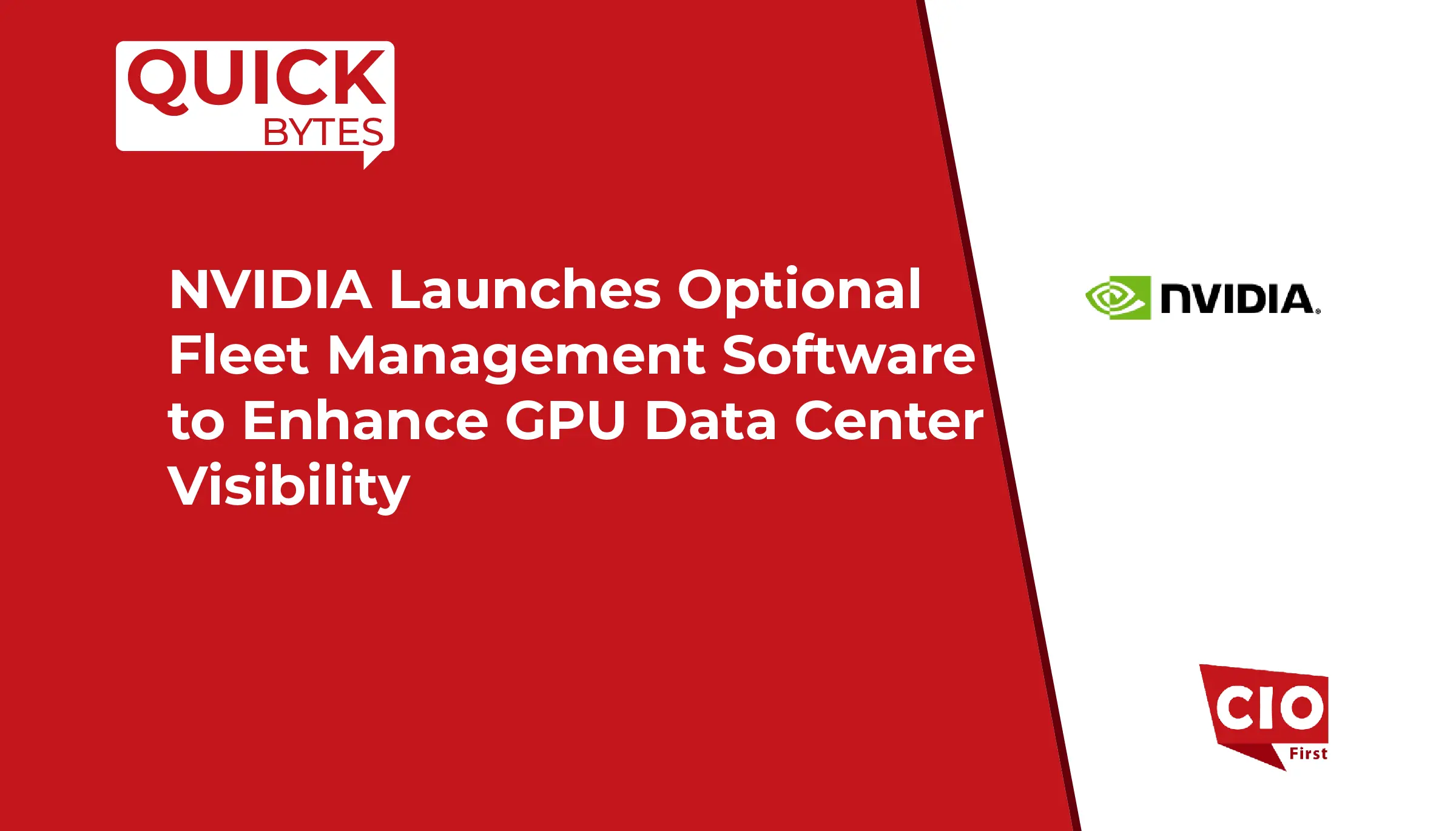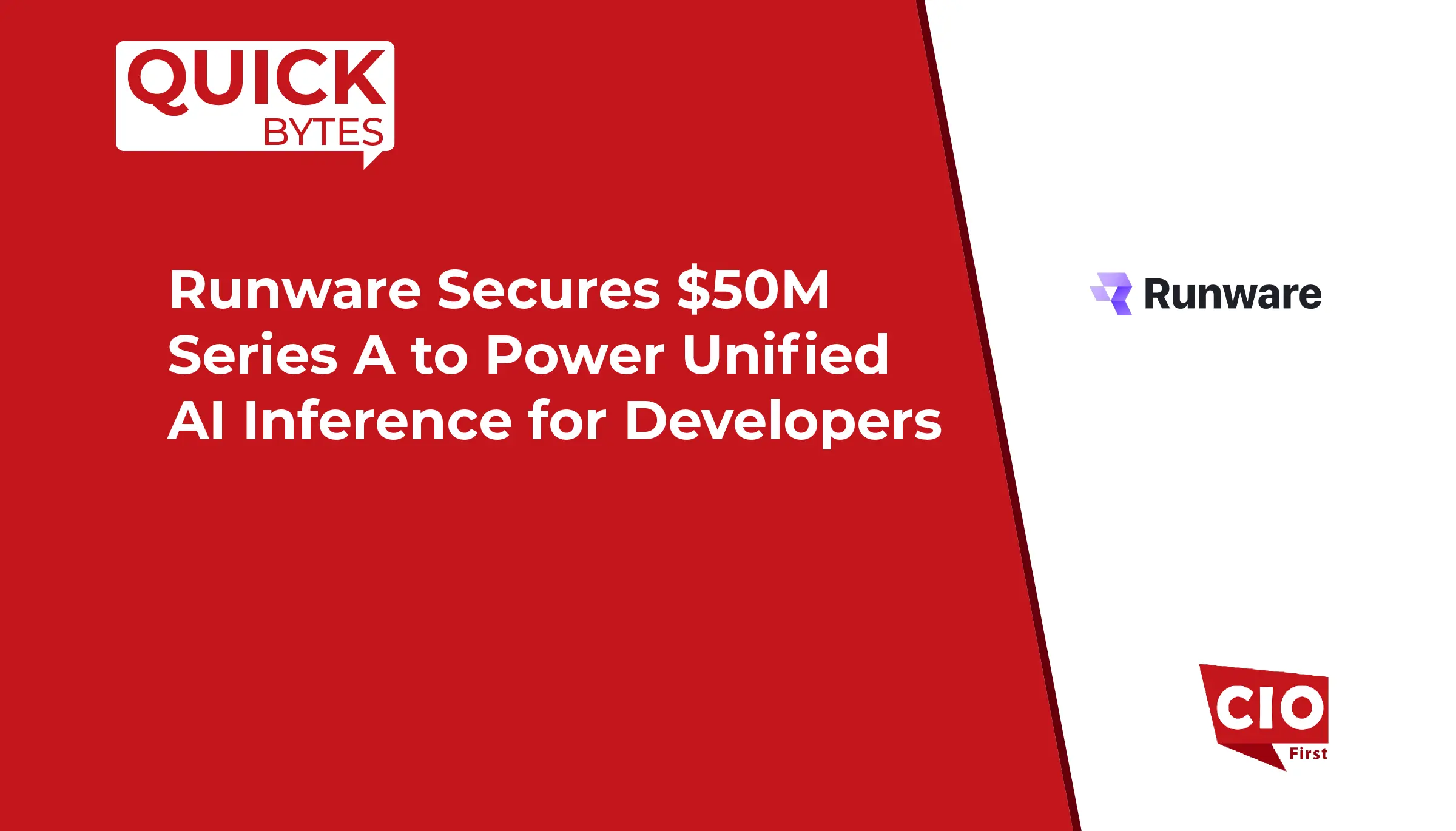Cyber threats are not waiting. They are faster, smarter, and more unpredictable than ever. AI-driven attacks are slipping past traditional defenses. Zero-day exploits can appear overnight. Basic EDR or firewalls are no longer enough to keep a company safe. Every week, CISA publishes vulnerability bulletins showing the risks organizations face. Their roadmap on CVE quality and the International Strategic Plan for 2025-2026 emphasize one thing: reducing risk to globally connected systems is critical.
This is where managed detection and response comes in. MDR is a human-led security operation working all day, every day. It hunts threats proactively and contains incidents quickly before they escalate. It is not just about alerts or logs. It is about real action, speed, and constant vigilance.
This article focuses on the numbers. We will look at the total cost of ownership of MDR versus the real returns it provides through faster detection, minimized downtime, and stronger resilience. The aim is to show why MDR is not a nice-to-have but a must-have for 2026.
The Cost Model of MDR (TCO Analysis)
Running a 24/7 security operation in-house is messy and expensive. You need five to seven analysts just to cover shifts. That is before you even think about tools. SIEM, EDR, XDR licensing, servers, maintenance, updates, and training all add up quickly. Salaries are only the start. Then there is recruitment and constant turnover because skilled people leave as soon as someone offers more money. According to the World Economic Forum, the report for the year 2025 indicates that merely 14 percent of the companies possess the right workers to manage cyber threats. The majority of the cybersecurity teams are overworked, worn out, and bogged down trying to figure out the alerts that they do not understand.
Managed detection and response changes the game. Instead of pouring money into hardware, software, and hiring, you pay a predictable subscription fee. It can be per endpoint or per user. The organization gives you everything that you require as a return: instruments, analysts, intelligence on threats, and continuous monitoring. You don’t have to be concerned about a person resigning or a technology losing its usefulness.
This is not just convenience. Organizations expect AI to shake up cybersecurity, yet only 37 percent have processes to check the security of AI tools, according to WEF 2025. A human-led MDR service handles that complexity. It catches threats faster and lets your internal team focus on work that actually matters instead of chasing endless alerts. MDR lowers the total cost of ownership, cuts operational headaches, and gives businesses real security without the constant stress of doing everything in-house.
Quantifying the MDR Return on Investment (ROI)

When it comes to stopping a cyberattack, speed matters more than anything. The time between when someone gets in and when they are stopped is called dwell time. The longer it goes, the more damage there is. Managed detection and response works to shrink that time. You get humans actively looking for threats. Not just machines spitting alerts all day that nobody can handle. Humans can spot weird behavior that machines might ignore. They act before things get out of control.
Microsoft says they process more than 100 trillion signals every day. They stop about 4.5 million new malware attacks and check 38 million identity risks. They also scan 5 billion emails for malware and phishing. That shows the scale of what companies face every day. MDR teams work with these tools. They catch things faster. That reduces the time a hacker is inside and stops business from being interrupted.
Downtime costs money. Lost productivity, lost revenue, restoring systems. Every minute counts. MDR stops attacks sooner, so the losses stop too. You can even figure it roughly. Take revenue per hour and multiply by hours saved. It adds up fast. A little time saved can turn into a lot of money saved.
There are rules too. Laws like GDPR and HIPAA punish companies that don’t show they are careful. MDR works all the time, logs everything, shows reports. That proves you are taking security seriously. It can stop fines and legal problems before they happen.
Think about the difference a fast response makes. A breach stopped quickly costs a lot less than one that drags on. Humans plus tech plus speed all work together. It protects money, reputation, and keeps the business running. The return on managed detection and response is real. It shows up in minutes saved, downtime avoided, and fines you don’t pay. You see it in how safe your company feels and how fast you can react when something goes wrong.
Also Read: Attack Surface Monitoring 101: What Every IT Professional Needs to Know in 2025
Operational Impact and Enterprise Resilience (Expertise & Experience) (400 Words)
Internal security teams spend too much time chasing alerts. Most of them are false or low-priority. This eats up energy and causes burnout. Managed detection and response lets them stop running in circles. Humans take care of the alerts that matter. The internal team can then focus on the big stuff, governance, policy, patching, architecture. Work that actually strengthens security instead of just reacting to noise. It also helps keep analysts around longer. If people are not constantly stressed and tired, they stay. That reduces hiring and training costs and keeps the team stable.
MDR does more than just handle alerts. It hunts actively for threats that are hiding in the system. Dormant malware, suspicious activity, unusual behavior. This proactive hunting stops breaches before they happen. CrowdStrike reports that 79 percent of detections are malware free. That means traditional defenses would have missed most of these threats. Their data also shows a 150 percent increase in adversaries with links to China across sectors. Attacks can escalate fast. In some cases, a breach can breakout in just 51 seconds. Humans working with technology spotting these things early can make the difference between a small incident and a disaster.
Extended detection and response platforms, or XDR, help MDR do this at scale. They look at everything, endpoints, cloud workloads, identity. This gives teams’ visibility across the environment. They see the full picture instead of just pieces. It makes threat hunting faster and more accurate.
There is also a side benefit. Insurance. Companies with human monitoring all day and night and clear audit trails often get better cyber-insurance terms. Premiums can be lower and coverage broader. Underwriters see MDR as a real risk reducer. That can save money in ways that are easy to overlook.
All of this adds up to resilience. Faster detection, fewer false alerts, less burnout, smarter internal teams, proactive hunting, and insurance benefits. MDR shifts security from a reactive chore to a real strategic advantage. It gives companies confidence that they can respond quickly and keep operations running even when attackers try to strike. In 2025, with threats evolving fast and attacks coming from everywhere, this combination of people, technology, and proactive approach is what separates companies that survive from those that get hurt badly.
The 2026 Verdict and Future Outlook

Looking at everything together, the numbers are clear. Running a security operation in-house costs, a lot. Salaries, tools, training, recruitment, turnover. If you take into consideration the downtime, the lost productivity, and the security breaches, the sum of these costs will soon be overwhelming. Managed detection and response changes all that. The money you spend on MDR is small compared to what you avoid losing. Faster detection, quicker response, fewer alerts eating up your team, and less risk of fines or legal trouble. MDR turns security from a reactive burden into a real advantage for the business.
For mid-market companies or even large enterprises that are stretched thin, MDR is no longer optional. It is the foundation of modern cyber resilience. Without it, you are leaving gaps attackers will exploit. With it, your internal team can work on strategy, compliance, and improvement, while humans and technology work around the clock to stop threats.
The future is bright for the MDR market as it continues to unfold in dimensions and sophistication. The Extended MDR and XDR offerings will ensure that the visibility across endpoint, cloud, and identity controls are at their deepest. To the contrary, the threats are not decreasing their pace and neither the tech that can counteract them. The current-MDR companies will be the quickest ones and will have the survival of the fittest principle in their favor. By the year 2026, the scenario will be much wider than only security; it will include resiliency, effectiveness, and a competitive edge.







